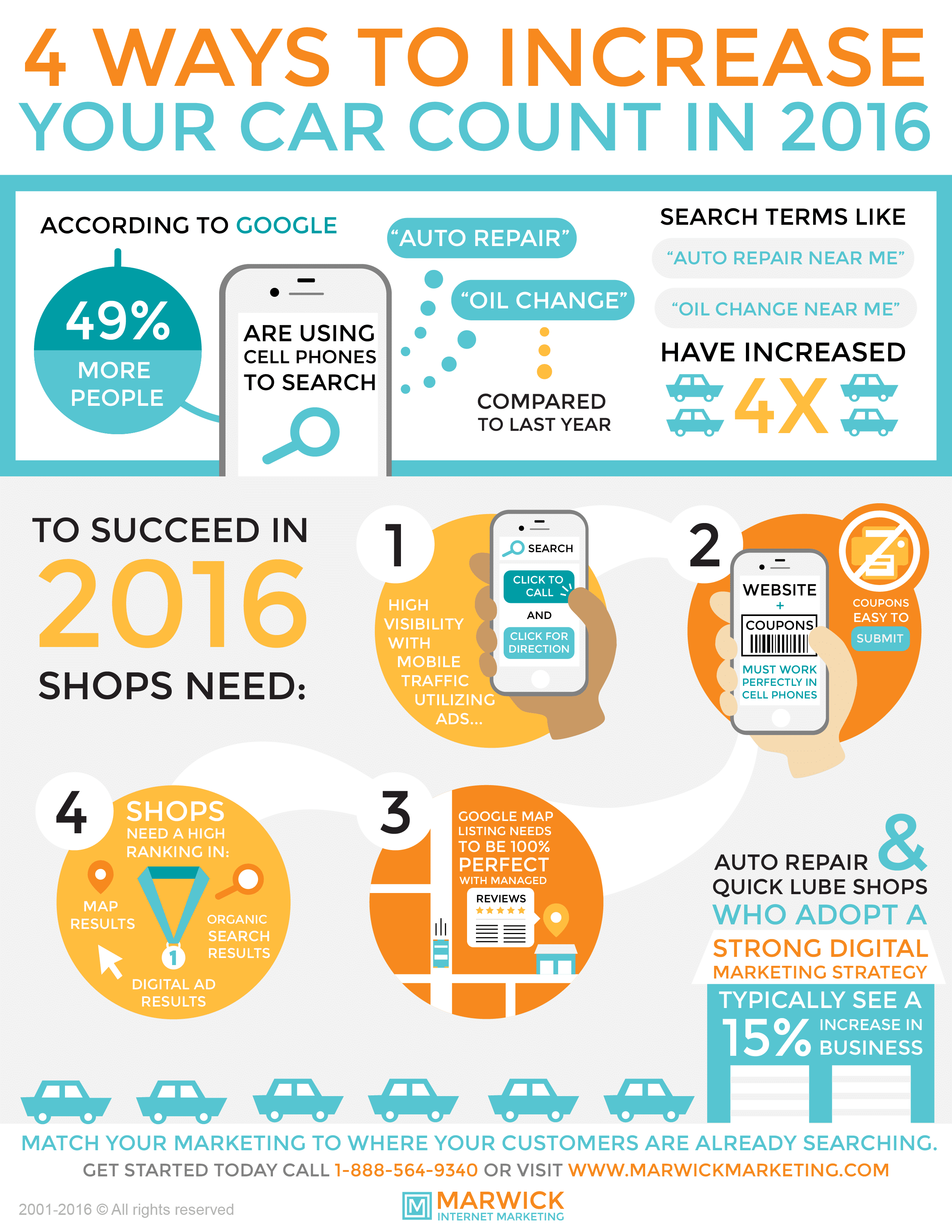Comprehending The Meaning Behind Your Vehicle'S Warning Lighting: A Thorough Appearance
Comprehending The Meaning Behind Your Vehicle'S Warning Lighting: A Thorough Appearance
Blog Article
Post Developed By-Hartley Alvarado
When you lag the wheel, those glowing warning lights on your control panel can be a little bit puzzling. Do you recognize what they're attempting to tell you about your vehicle's health and wellness? Recognizing the importance of these lights is crucial for your safety and security and the longevity of your lorry. So, the following time among those lights pops up, wouldn't you wish to decipher its message precisely and take the required steps to resolve it?
Common Warning Lighting and Interpretations
Recognize typical warning lights in your automobile and recognize their meanings to guarantee secure driving.
simply click the following page of the most regular warning lights include the check engine light, which indicates problems with the engine or exhausts system. If this light comes on, it's critical to have your automobile checked immediately.
The oil pressure warning light suggests low oil pressure, needing instant interest to stop engine damages.
A blinking battery light might suggest a faulty charging system, possibly leaving you stranded if not addressed.
The tire pressure tracking system (TPMS) light alerts you to reduced tire stress, impacting lorry stability and fuel performance. Neglecting this might bring about hazardous driving problems.
The abdominal light suggests a problem with the anti-lock braking system, endangering your capacity to quit promptly in emergency situations.
Lastly, the coolant temperature alerting light warns of engine overheating, which can lead to serious damage if not fixed swiftly.
Comprehending these typical warning lights will aid you attend to concerns quickly and preserve risk-free driving conditions.
Relevance of Prompt Focus
Recognizing the common caution lights in your cars and truck is just the first step; the relevance of immediately resolving these cautions can't be highlighted enough to ensure your safety on the road.
When a warning light brightens on your control panel, it's your vehicle's means of communicating a potential problem that needs interest. Ignoring these warnings can result in a lot more severe troubles later on, endangering your safety and security and potentially costing you a lot more out of commission.
Trigger focus to cautioning lights can protect against break downs and mishaps. For example, a flashing check engine light can suggest a misfire that, if left neglected, might create damages to the catalytic converter. Addressing this without delay can save you from a pricey repair work.
Similarly, a brake system alerting light may signify reduced brake liquid or worn brake pads, vital parts for your safety when driving.
Do It Yourself Troubleshooting Tips
If you notice a caution light on your dashboard, there are a couple of do it yourself fixing suggestions you can try prior to looking for expert aid.
The very first step is to consult your auto's manual to recognize what the details caution light shows. In some cases the problem can be as basic as a loose gas cap triggering the check engine light. Tightening the gas cap may deal with the trouble.
An additional common issue is a reduced battery, which can cause different advising lights. Examining auto detailing auckland for deterioration and ensuring they're secure might fix the problem.
If a warning light continues, you can try resetting it by separating the cars and truck's battery for a few minutes and after that reconnecting it. Additionally, inspecting your vehicle's fluid levels, such as oil, coolant, and brake fluid, can help repair advising lights connected to these systems.
Final thought
In conclusion, comprehending your vehicle's warning lights is essential for maintaining your automobile running smoothly and safely. By immediately dealing with these signals and recognizing what they suggest, you can prevent costly repair work and possible breakdowns.
Bear in mind to consult your auto's guidebook for specific details on each warning light and act accordingly to ensure a trouble-free driving experience.
Stay notified, stay safe on the road!
